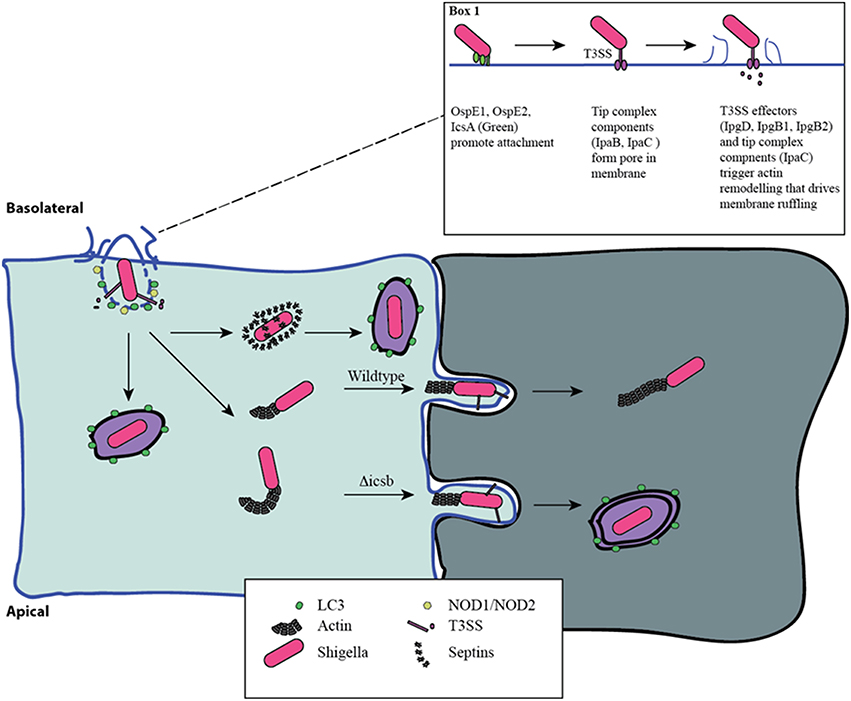Shigellosis, also known as Bacillary Dysentery, is a significant public health concern caused by the Shigella bacteria. This infection primarily affects the intestines and can lead to severe gastrointestinal symptoms. Abbreviations like “ID” for infectious disease are often used in medical contexts, but for clarity, this article will avoid such abbreviations throughout its discussion.

Understanding the Causes of Shigellosis
Shigellosis is caused by a group of bacteria called Shigella. These bacteria are highly contagious and spread through various means. Understanding the causes of this infection is essential to prevent its transmission and control outbreaks.
Transmission Routes
- Fecal-Oral Route: The primary mode of transmission occurs when an individual ingests food or water contaminated with fecal matter containing Shigella bacteria. Poor hygiene practices, such as not washing hands after using the restroom, contribute significantly to this route of transmission.
- Contaminated Food and Water: Consuming food or water that has been contaminated with Shigella can lead to infection. This is especially common in areas with inadequate sanitation systems or during natural disasters where clean water supplies are compromised.
- Person-to-Person Contact: Close contact with an infected person, particularly in settings like daycare centers or households, increases the risk of spreading the bacteria. Direct contact with contaminated surfaces or objects can also facilitate transmission.
Risk Factors
Certain populations are more vulnerable to contracting Shigellosis due to specific risk factors:
- Young Children: Kids under the age of five are at higher risk because they often put their hands or objects into their mouths, increasing exposure to pathogens.
- Travelers: People traveling to regions with poor sanitation infrastructure may encounter environments conducive to Shigella transmission.
- Immunocompromised Individuals: Those with weakened immune systems, such as individuals with HIV or undergoing chemotherapy, are more susceptible to infections like Shigellosis.
Symptoms of Shigellosis
The symptoms of Shigellosis typically appear one to three days after exposure to the bacteria and can range from mild to severe. Recognizing these symptoms early is crucial for timely diagnosis and treatment.
Common Symptoms
- Diarrhea: One of the hallmark symptoms of Shigellosis is diarrhea, which may be watery initially but often becomes bloody as the infection progresses.
- Abdominal Cramps: Severe abdominal pain and cramping are common complaints among those infected with Shigella.
- Fever: A fever, sometimes accompanied by chills, may develop as the body attempts to fight off the bacterial infection.
- Nausea and Vomiting: Some individuals experience nausea and vomiting, further contributing to dehydration and discomfort.
- Tenesmus: This refers to a persistent urge to pass stools, even when the bowels are empty, leading to additional discomfort.
Complications
In some cases, Shigellosis can lead to complications, especially if left untreated:
- Dehydration: Persistent diarrhea and vomiting can result in significant fluid loss, leading to dehydration, which requires immediate medical attention.
- Seizures: In rare instances, high fever associated with Shigellosis can trigger seizures, particularly in young children.
- Reactive Arthritis: Following a Shigella infection, some individuals may develop reactive arthritis, characterized by joint pain and inflammation.
Diagnosis of Shigellosis
Accurate diagnosis of Shigellosis is essential for effective treatment. Healthcare providers use several methods to confirm the presence of Shigella bacteria in an infected individual.
Clinical Evaluation
A healthcare professional will begin by conducting a thorough clinical evaluation. This includes taking a detailed medical history and assessing the patient’s symptoms. Questions about recent travel, dietary habits, and potential exposure to contaminated environments help narrow down the possible causes of the illness.
Laboratory Tests
To confirm a diagnosis of Shigellosis, laboratory tests are necessary:
- Stool Culture: A stool sample is collected and cultured in a laboratory to identify the presence of Shigella bacteria. This is considered the gold standard for diagnosing Shigellosis.
- Polymerase Chain Reaction (PCR): PCR testing detects the genetic material of the bacteria, offering a rapid and sensitive method for identifying Shigella in stool samples.
- Blood Tests: While not directly diagnostic for Shigellosis, blood tests may be conducted to check for signs of infection, such as elevated white blood cell counts.
Treatment Options for Shigellosis
Treatment for Shigellosis focuses on managing symptoms, preventing complications, and reducing the duration of the illness. Early intervention is key to ensuring a swift recovery.
Hydration and Nutrition
One of the primary goals of treatment is to prevent dehydration caused by diarrhea and vomiting:
- Oral Rehydration Solutions: Drinking fluids containing electrolytes helps replenish lost minerals and maintain hydration levels.
- Intravenous Fluids: In severe cases of dehydration, intravenous fluids may be administered in a hospital setting.
- Dietary Adjustments: Consuming bland, easy-to-digest foods while avoiding dairy products and fatty meals can ease gastrointestinal distress.
Antibiotic Therapy
Antibiotics are often prescribed to treat Shigellosis, particularly in moderate to severe cases:
- First-Line Antibiotics: Medications like ciprofloxacin or azithromycin are commonly used to target Shigella bacteria effectively.
- Antibiotic Resistance: Due to increasing antibiotic resistance, healthcare providers must carefully select appropriate antibiotics based on local resistance patterns and susceptibility testing results.
Symptom Management
In addition to addressing the underlying infection, managing symptoms is vital for patient comfort:
- Antidiarrheal Medications: Over-the-counter medications like loperamide may be used cautiously to alleviate diarrhea symptoms, though they should not be used in cases of bloody diarrhea without consulting a doctor.
- Pain Relievers: Over-the-counter pain relievers, such as acetaminophen or ibuprofen, can help reduce fever and relieve abdominal pain.
Preventive Measures
Preventing the spread of Shigellosis involves adopting good hygiene practices and promoting awareness:
- Hand Hygiene: Regular handwashing with soap and water, especially after using the restroom and before eating, is critical to preventing transmission.
- Safe Food Handling: Ensuring that food is properly cooked and stored reduces the risk of contamination.
- Vaccination Research: Although no vaccine is currently available for Shigellosis, ongoing research aims to develop effective preventive measures against this infection.





